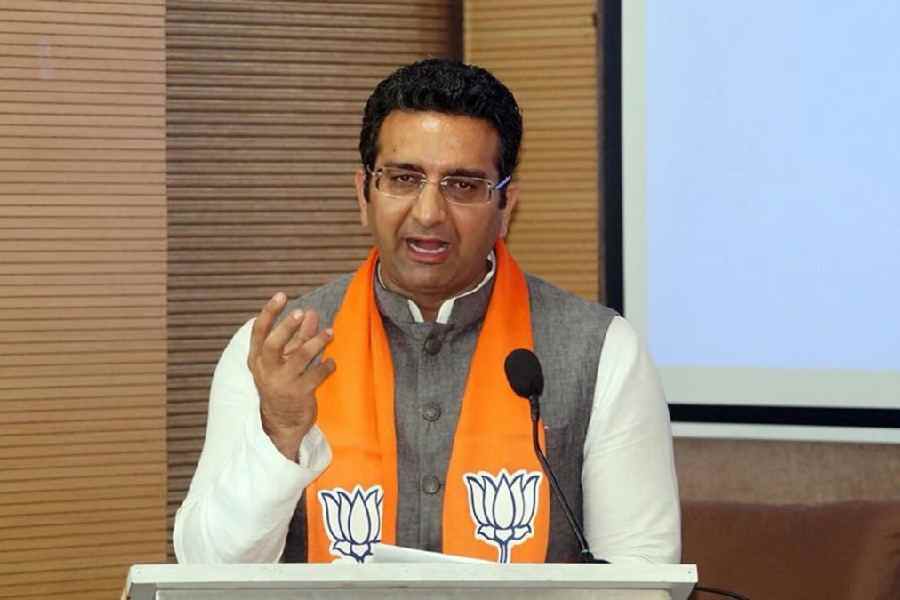 |
| LIC chairman R. N. Bhardwaj (left) with CII (eastern region) chairman Ravi Poddar in Calcutta on Tuesday. Picture by Kishor Roy Chowdhury |
Calcutta, May 3: Life Insurance Corporation of India (LIC) plans to introduce six new insurance policies during the current financial year, including two pension plans.
?We will concentrate on pension and unit-linked insurance plans. Policies for women will become more relevant in future and so will children?s schemes,? said chairman R. N. Bhardwaj.
He was talking on the sidelines of a seminar on life insurance organised by the Confederation of Indian Industry.
The corporation is targeting a 48 per cent growth in first premium income for 2005-06, Bhardwaj said. ?We want to achieve a sustainable growth, which will be profitable and manageable,? he added.
?The pension plans have done extremely well during the last fiscal and we had launched two products in the category ? Jeevan Nidhi and Future Plus. Future Plus gathered a premium income of Rs 2,100 crore in 26 days,? he added.
?We expect to achieve a first premium income of Rs 18,000 crore during the year, with Rs 4,000 crore being contributed by group insurance,? said Bhardwaj. In 2004-05, the first premium income of LIC was Rs 12,100 crore. This represented a growth rate of 42.5 per cent over the previous year.
However, he added that the levy of fringe benefit tax will adversely affect the sale of group insurance schemes, though the exact impact is yet to be gauged.
The investible surplus of the corporation for the current year shall not be less than Rs 1 lakh crore. It was Rs 1.6 lakh crore during the last fiscal, Bhardwaj told reporters.
Of the total corpus, around 8-9 per cent was invested in equity. ?We plan to maintain a similar exposure during the current year and may increase it based on the opportunities available in the corporate sector,? said Bhardwaj.
He added that the corporation will evaluate its assets and liabilities in June after accounts are closed.
?However, we are discussing the issue of meeting the solvency margin with the regulator,? he added. Bhardwaj explained that since the contribution of unit-linked plans as a percentage of the total income is growing, it reduces the requirement of solvency margin.











